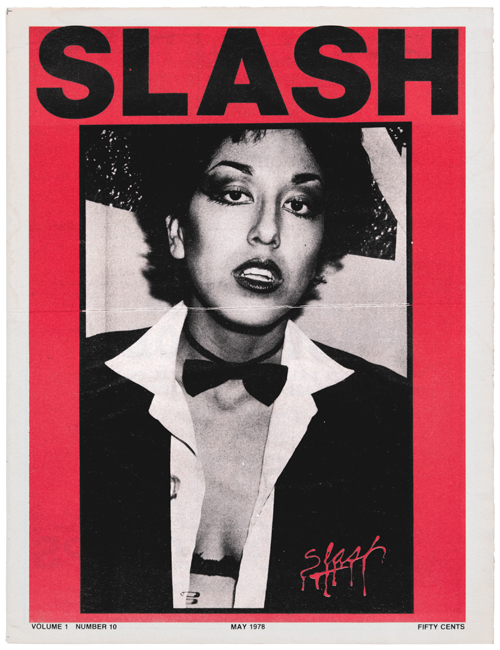A fanzine is an amateur publication that is produced by a “fan” — by someone who is deeply, passionately, geekily enthusiastic about the content of the publication. Fanzines are produced in worlds of fandom that are worlds to the side of, and often imagined as alternatives to, the mainstream public. And while the affirmative love of being a fan is one vibrational aspect of the position from which a fanzine is produced, it is also possible to be a “hater.” Many hardcore punk fanzines, for instance, were based on explicit polemical disagreements with other punks within the scene. There’s a thin line, as has been sung, between love and hate.
In this project, you will attempt get inside of the social world of your commodity, or to construct it in your imagination. You will produce a fanzine that could be imagined as a love letter to your commodity and, by implication, to the human communities that form around it. But if your fanzine is like a letter, it can also imagined as a letter that is animated by critique — a critique that is aimed at the political or economic basis of your commodity and its corresponding world of culture. As you edit and design an issue of your fanzine, you will explore the variety of ways, at levels of both form and content, that you can make a critical statement about your commodity.
Begin by brainstorming types of content you might include in your fanzine. Consult actual fanzines to get a sense of the range of editorial types. Here are some common ones:
- letters
- (product) reviews
- how-to-guides
- interviews
- editorials
- photo essays
- scene reports
- lists
- advertisements
- classifieds
Think about types of content that address both the market-world of your commodity and its social and cultural dimensions. You can find this content online and cut and paste it, or you can produce it yourself. Do not use AI.
As you begin to work with your content and give it typographic form, continue to bring into play the peculiar aesthetic dimension — magical, enchanting, enigmatic, cryptic — of your commodity. Practice bringing these qualities into vivid and experimental graphic and typographic relief.
Your fanzine should be between 16 and 36 pages. It will be printed and bound. You can print on the risograph or the laser pinter. It can be in color or just black. The page size can be either letter or letter-half.
Further reading:
Stephen Duncombe, “Zines“, Notes from Underground: Zines and the Politics of Alternative Culture.
Teal Triggs, “Scissors and Glue: Punk Fanzines and the Creation of a DIY Aesthetic“.
Lisa Gitelman, “Amateurs Rush In“, Paper Knowledge.
